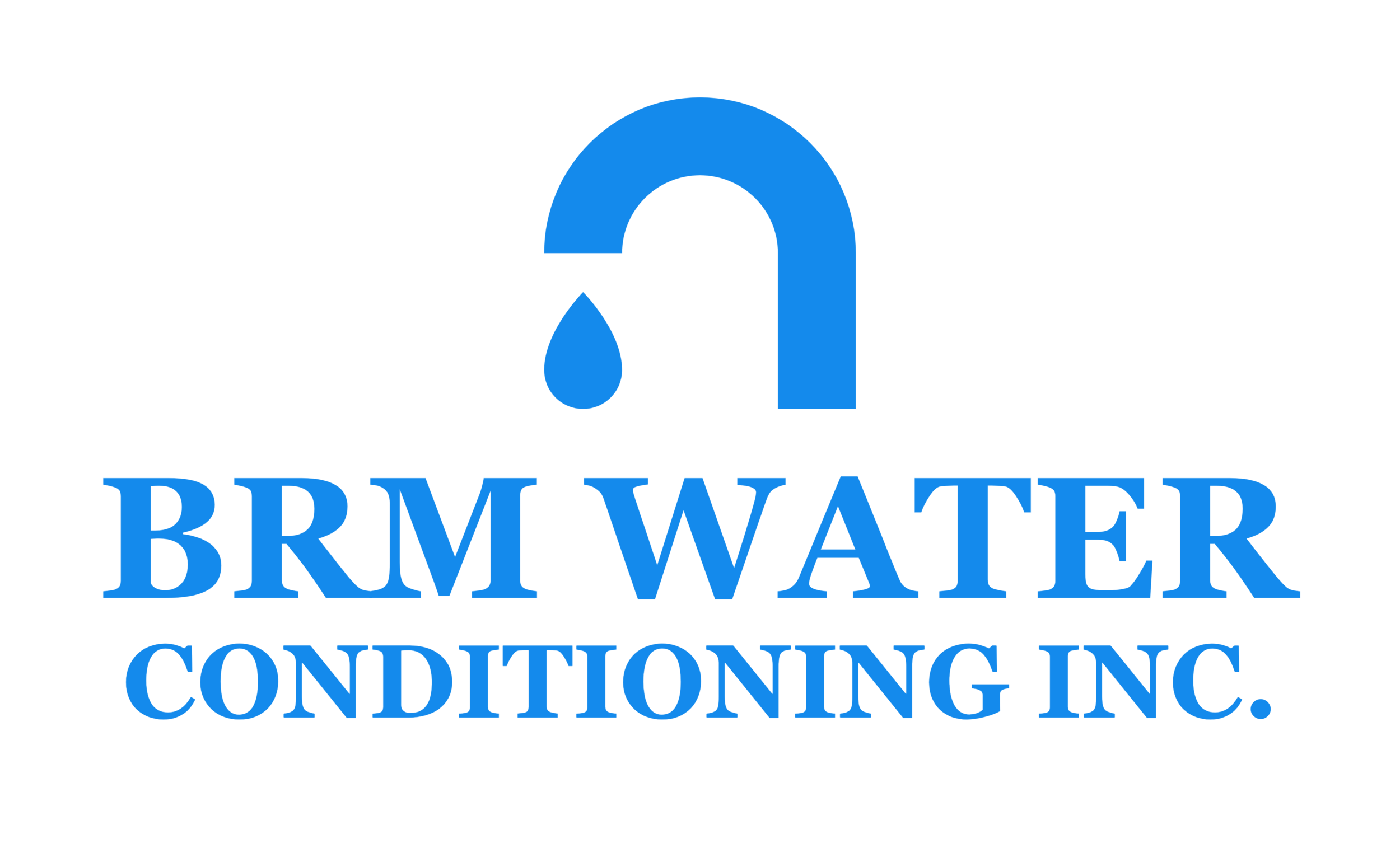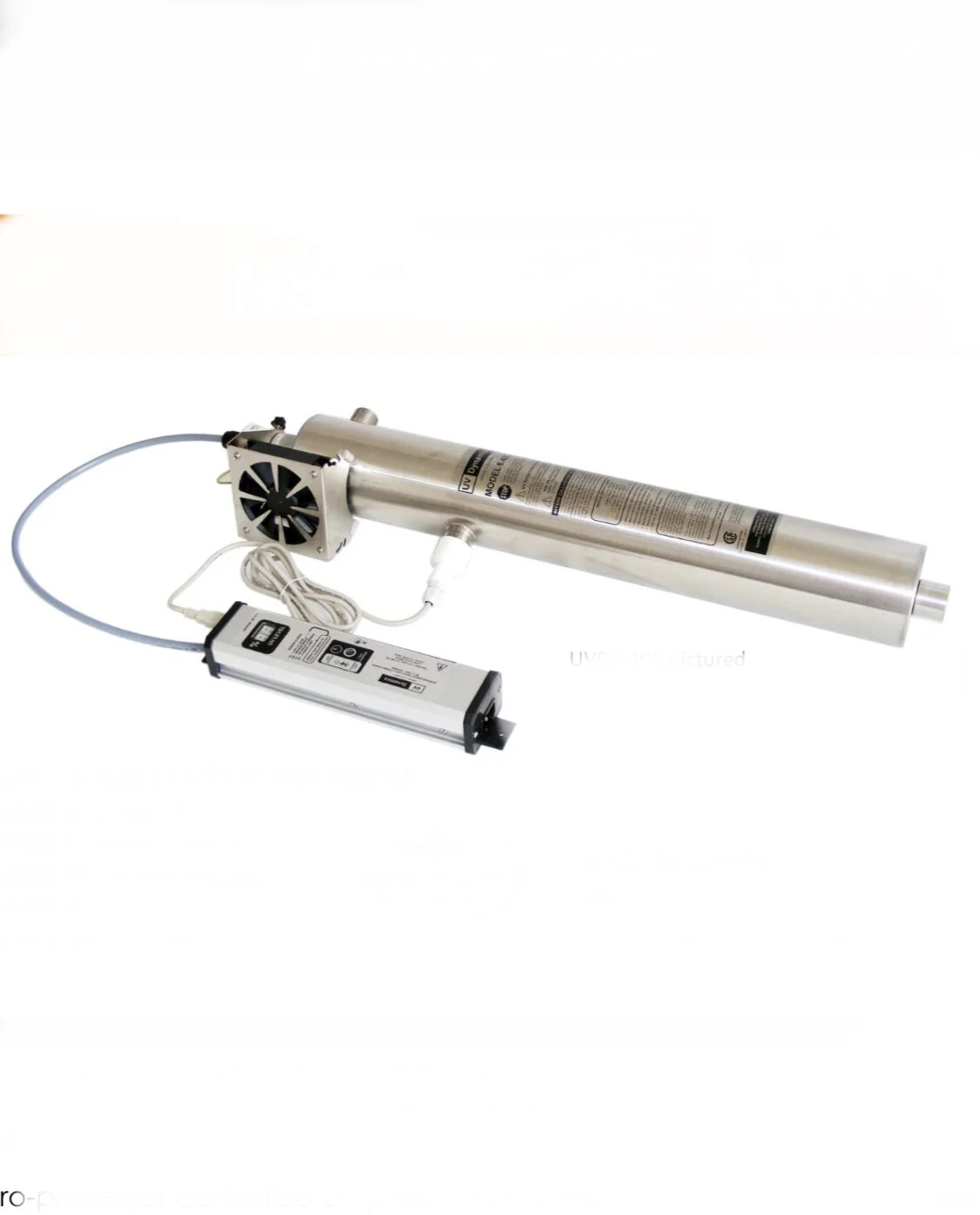Protect your family from water born disease carrying micro-organisms without the use of chemicals. Exposing these organisms to UV light, their DNA structure is disrupted - preventing growth and replication.
Ultraviolet (UV) light has disinfection properties that kill bacteria, viruses, and some cysts. However, it will not kill giardia cysts.
The concept of using light to treat water supplies has been around for over 75 years. It has not been until recent times that home ultraviolet treatment systems have been available.
Water is passed through a disinfecting chamber containing a quartz mercury lamp that emits ultraviolet light rays. The ultraviolet irradiation kills or inactivates microorganisms almost instantly.
Ultraviolet light is a very effective disinfectant. However, disinfection only occurs inside the unit. No residual disinfectant is retained in the water to continue to kill bacteria that may be introduced into the water after it is disinfected, as for all disinfection systems.
The major differences in UV units are the capacity and optional features. Some units are equipped with UV detectors to warn the user when the unit is dirty or the light source is failing. These detectors must be properly calibrated and should not take the place of annual light source replacement and regular cleaning.
Careful Use of UV
Since the ultraviolet light must reach the bacteria in order to kill them, the light source must be kept clean. Cleaning solutions are available for rinsing the unit to remove any films on the light source. Both sodium hydrosulfite solutions (0.15%) and citric acid solutions (0.15%) are effective in removing films from UV units with an overnight cleaning. Some units are also equipped with wipers to aid in the cleaning process.
Bacteria could be shielded in cloudy water or water that is contaminated by large numbers of bacteria. An upper limit of the use of UV for disinfection is 1000 total coliforms/100 ml or 100 fecal coliforms/100 ml.
Pretreatment may be needed for UV units. A prefilter is needed to remove discoloration, turbidity and organic particles. The water must be clear in order for the light to penetrate to kill the microorganisms. Water containing high mineral levels will cause a coating on the lamp sleeve, reducing the effectiveness of the treatment. Water softeners or phosphate injectors may be needed to prevent coating of the lamp.


